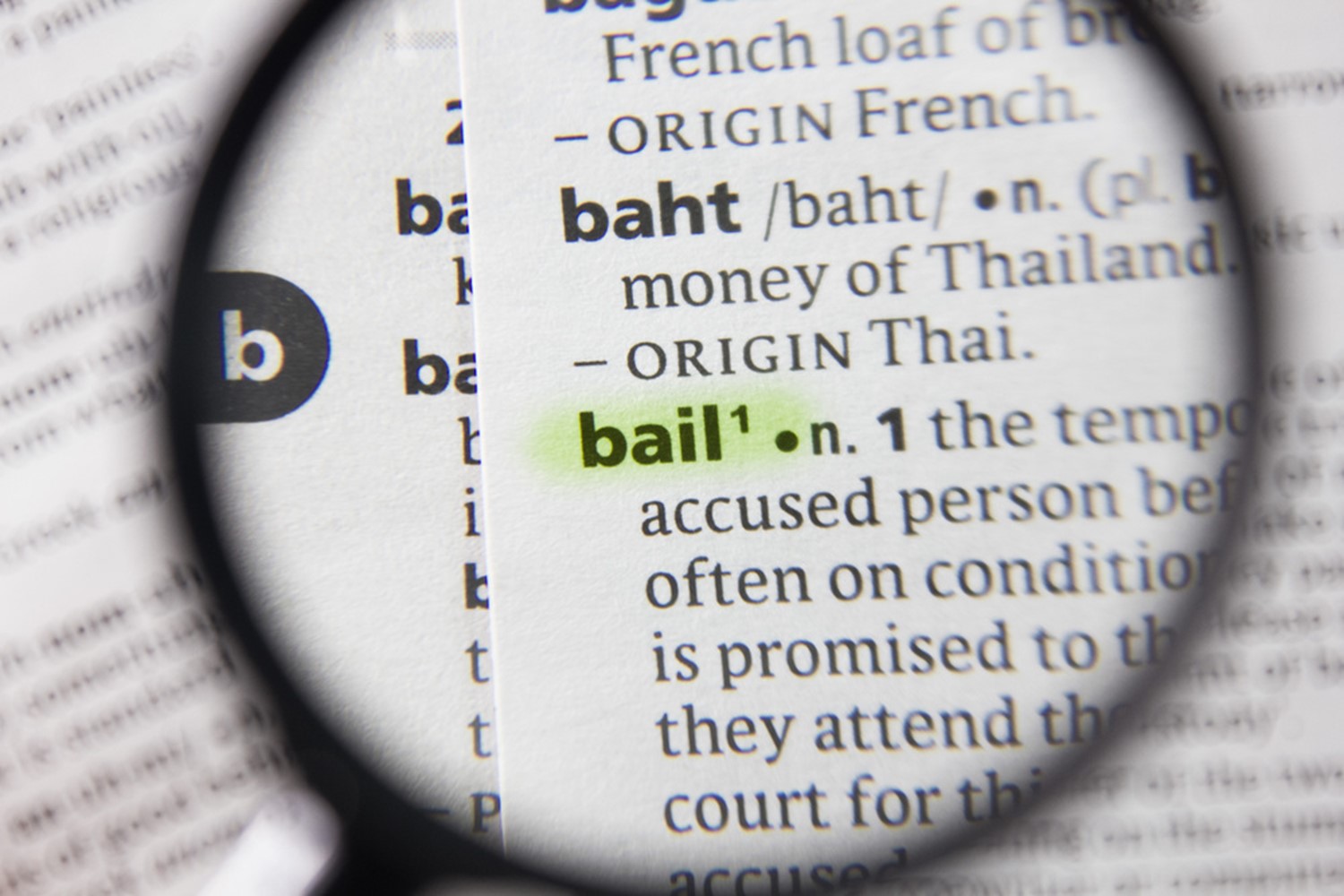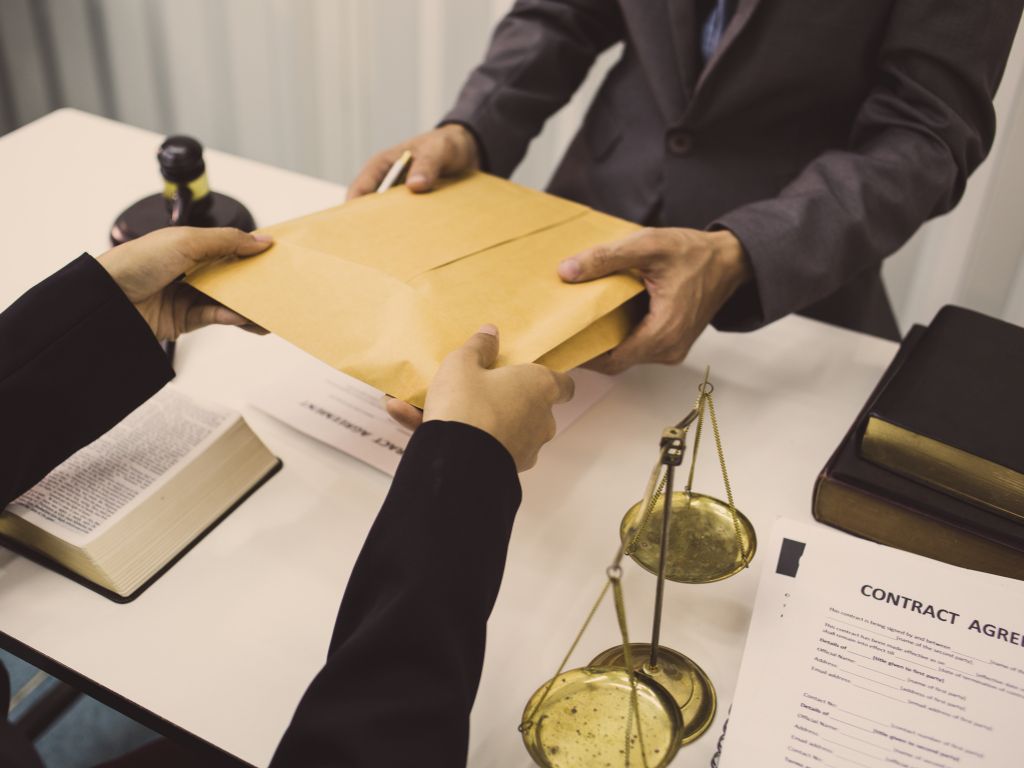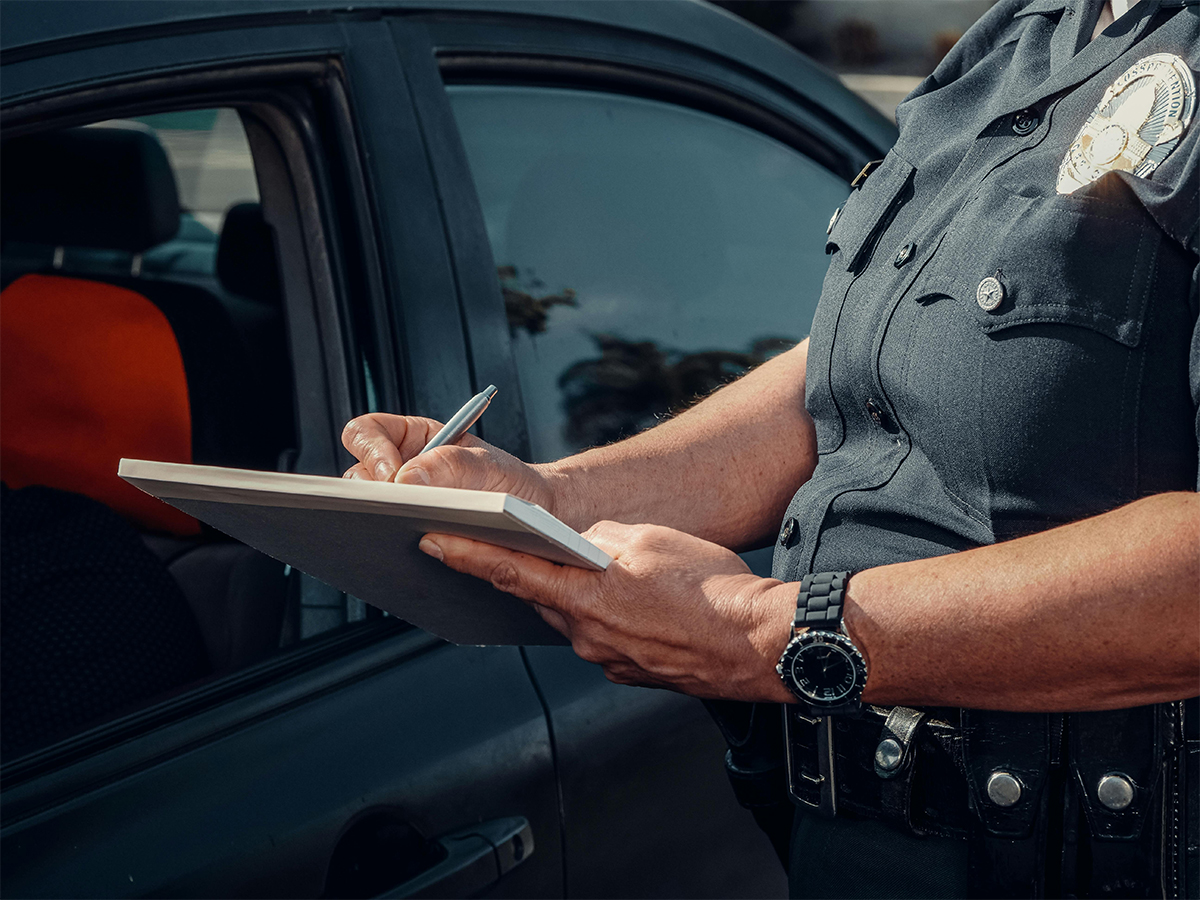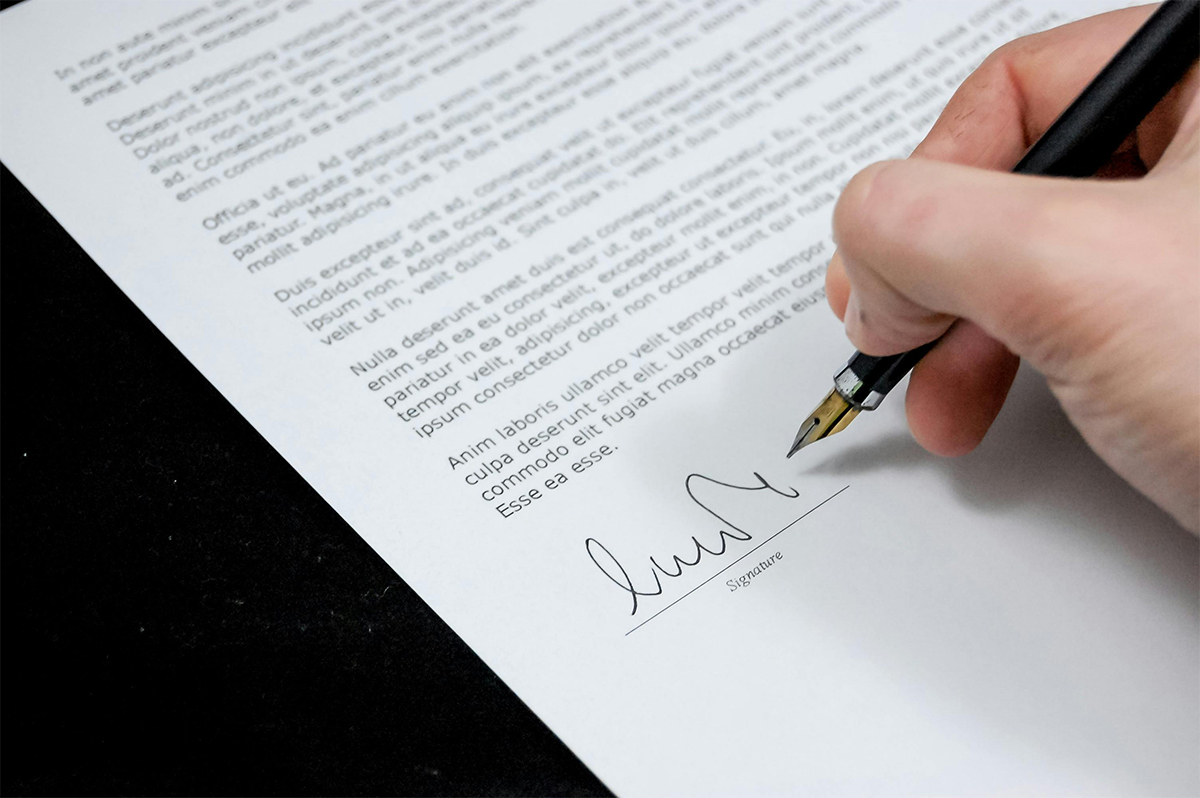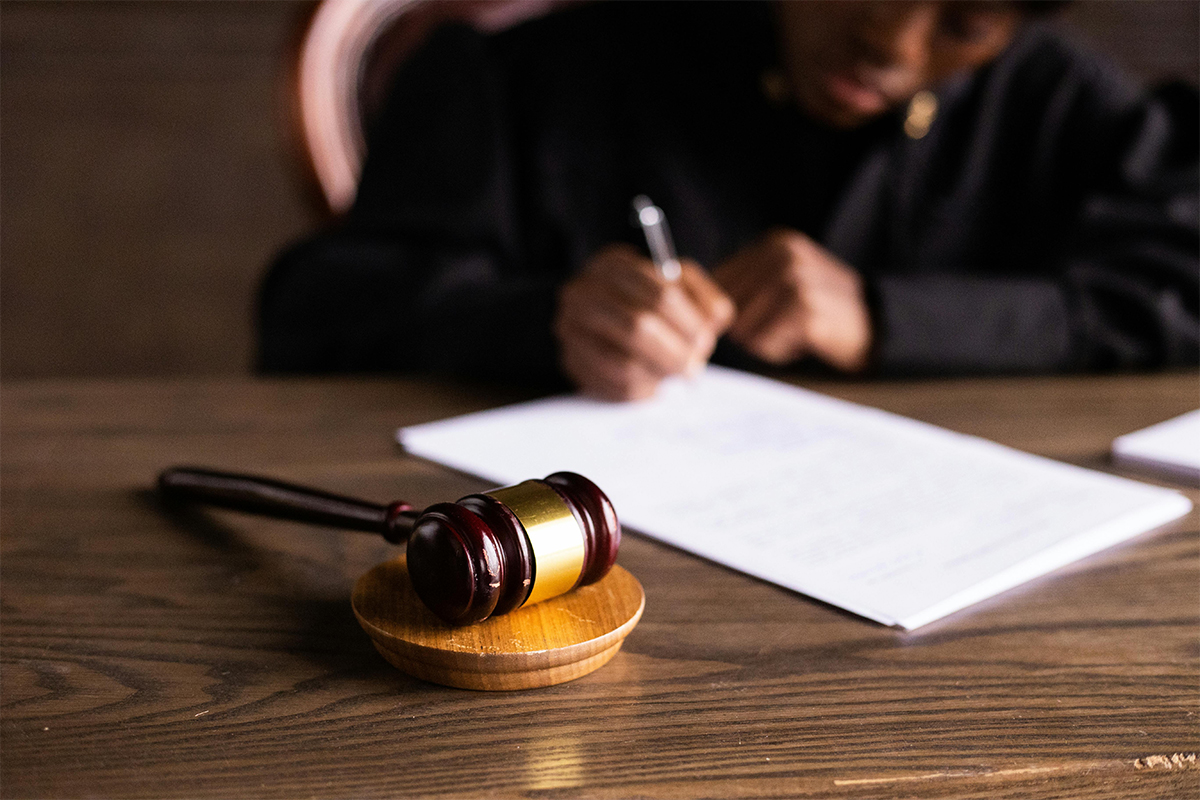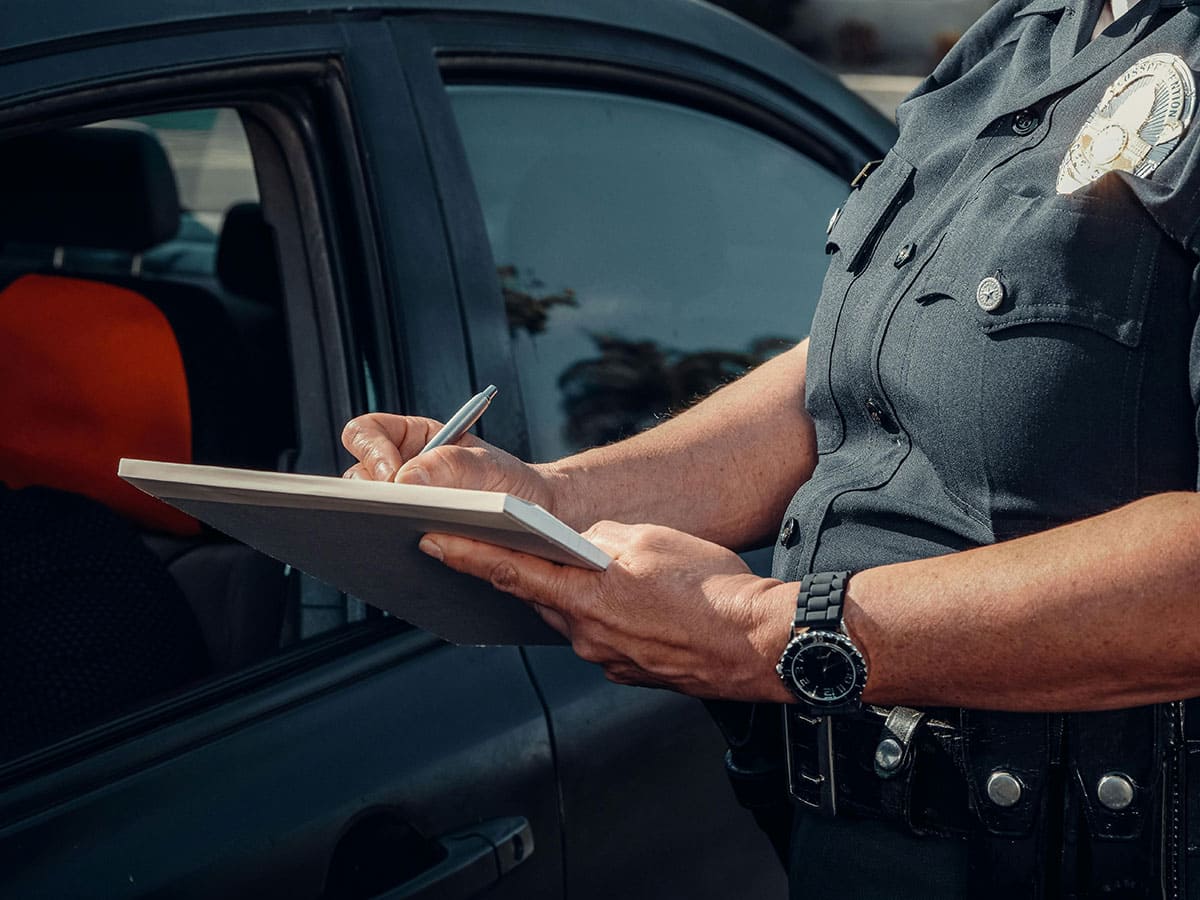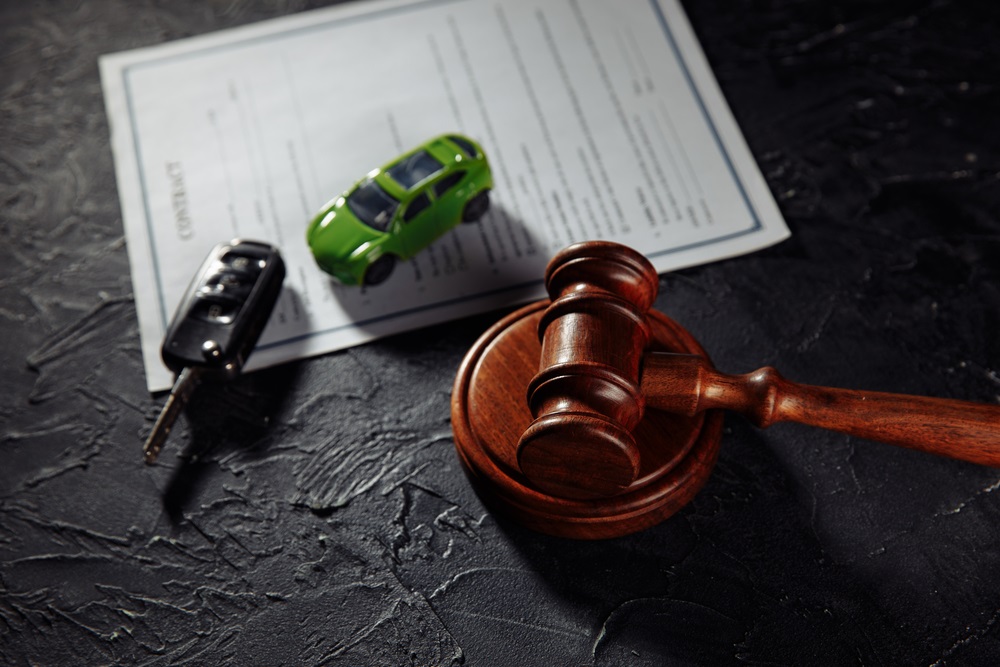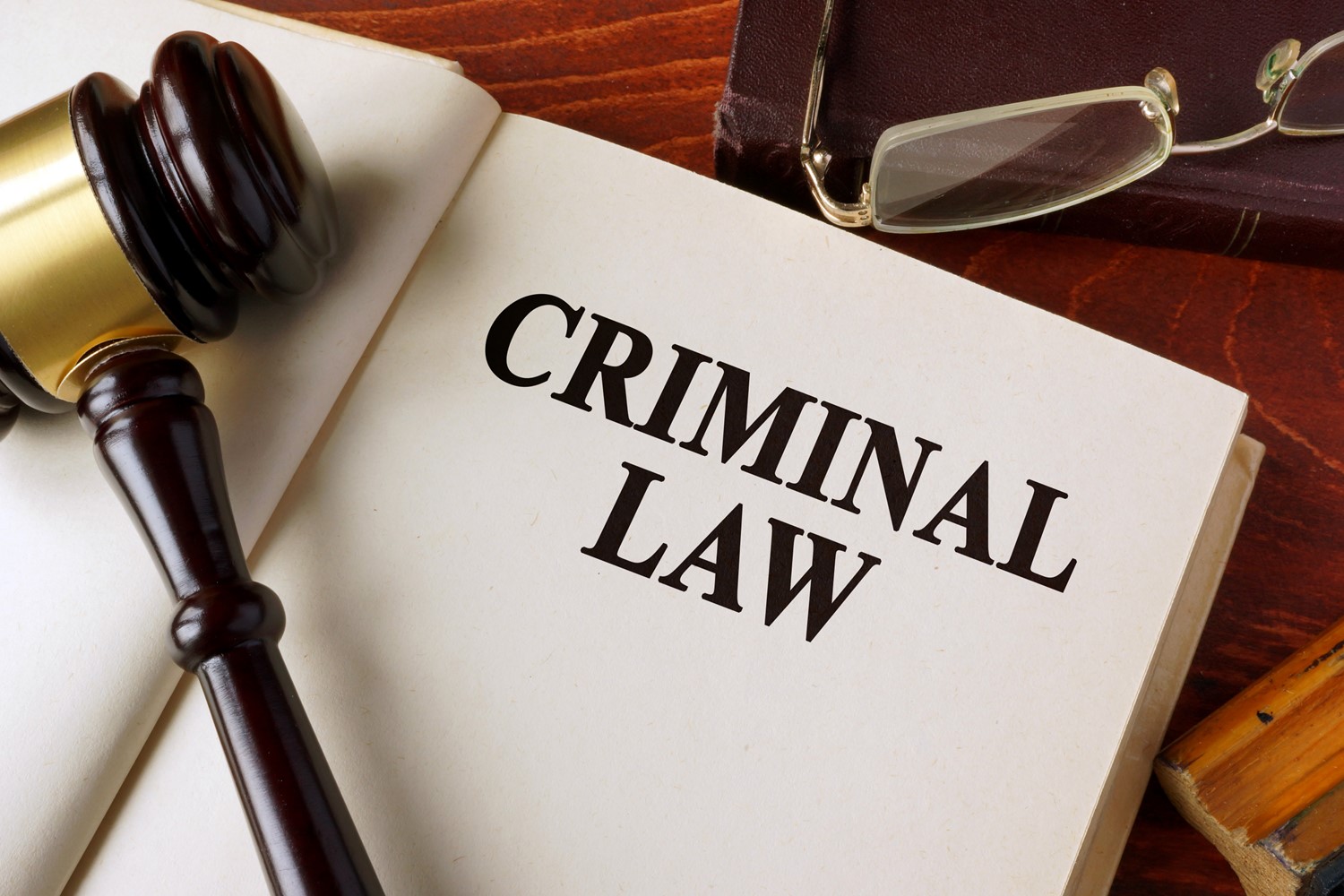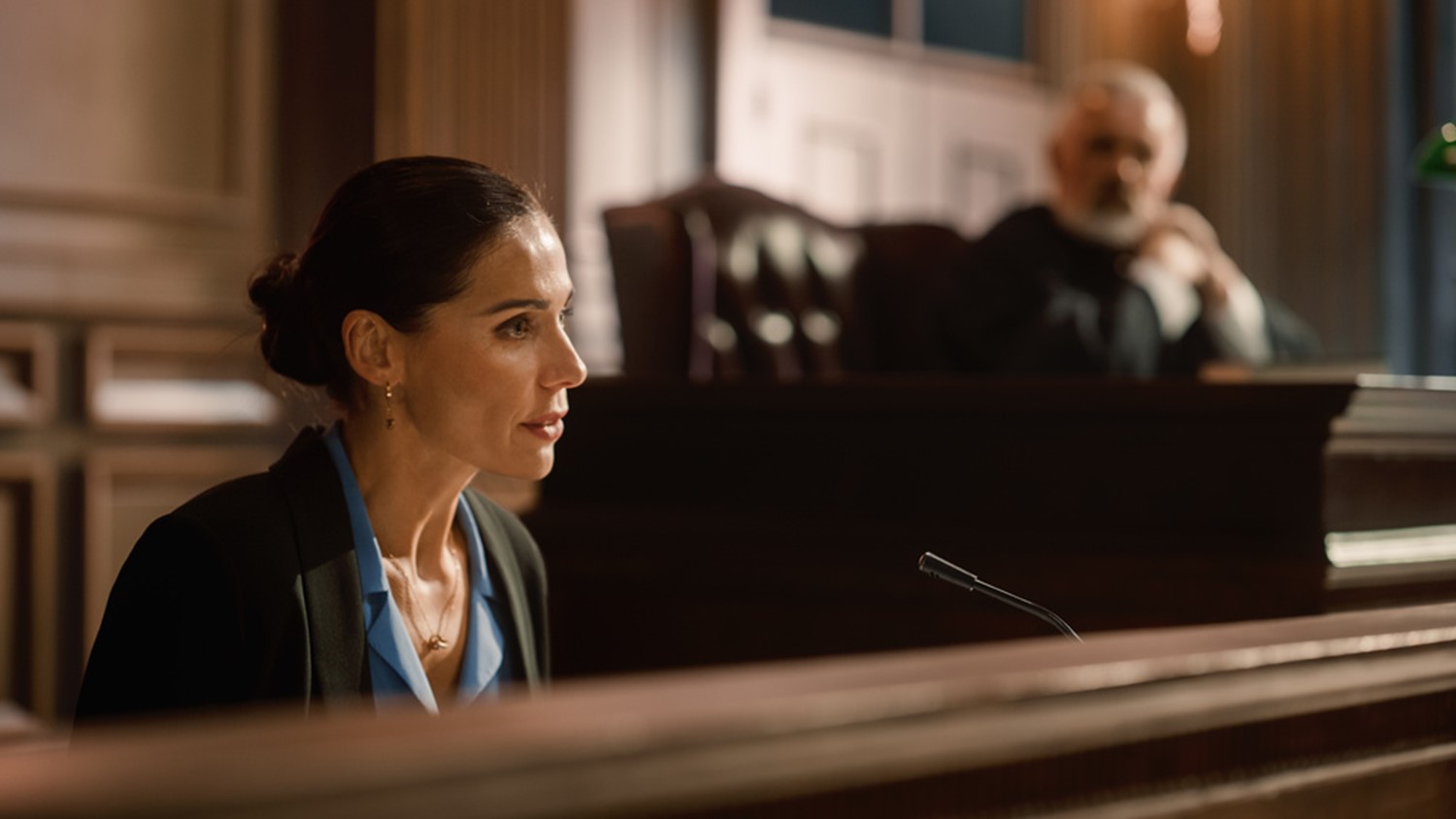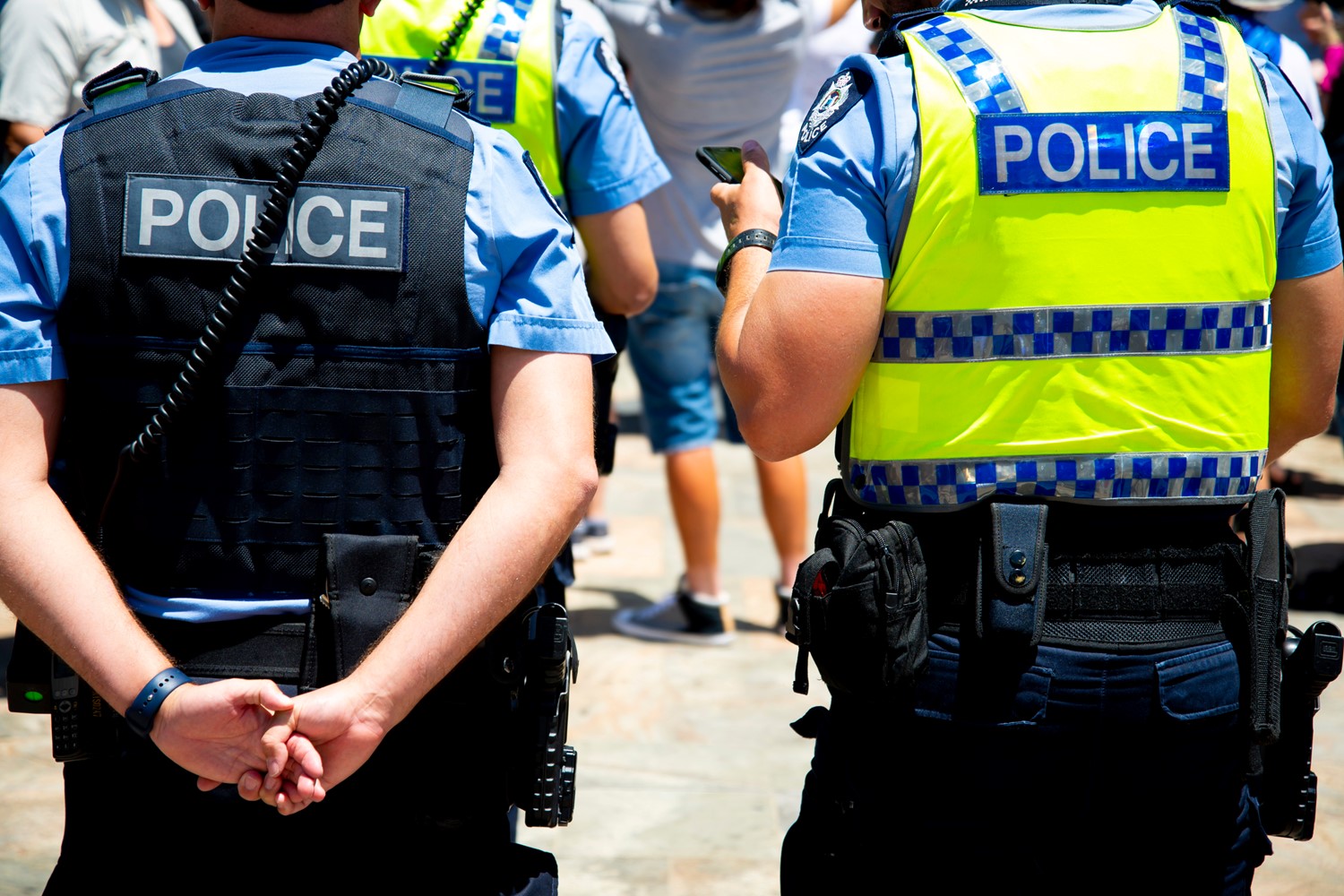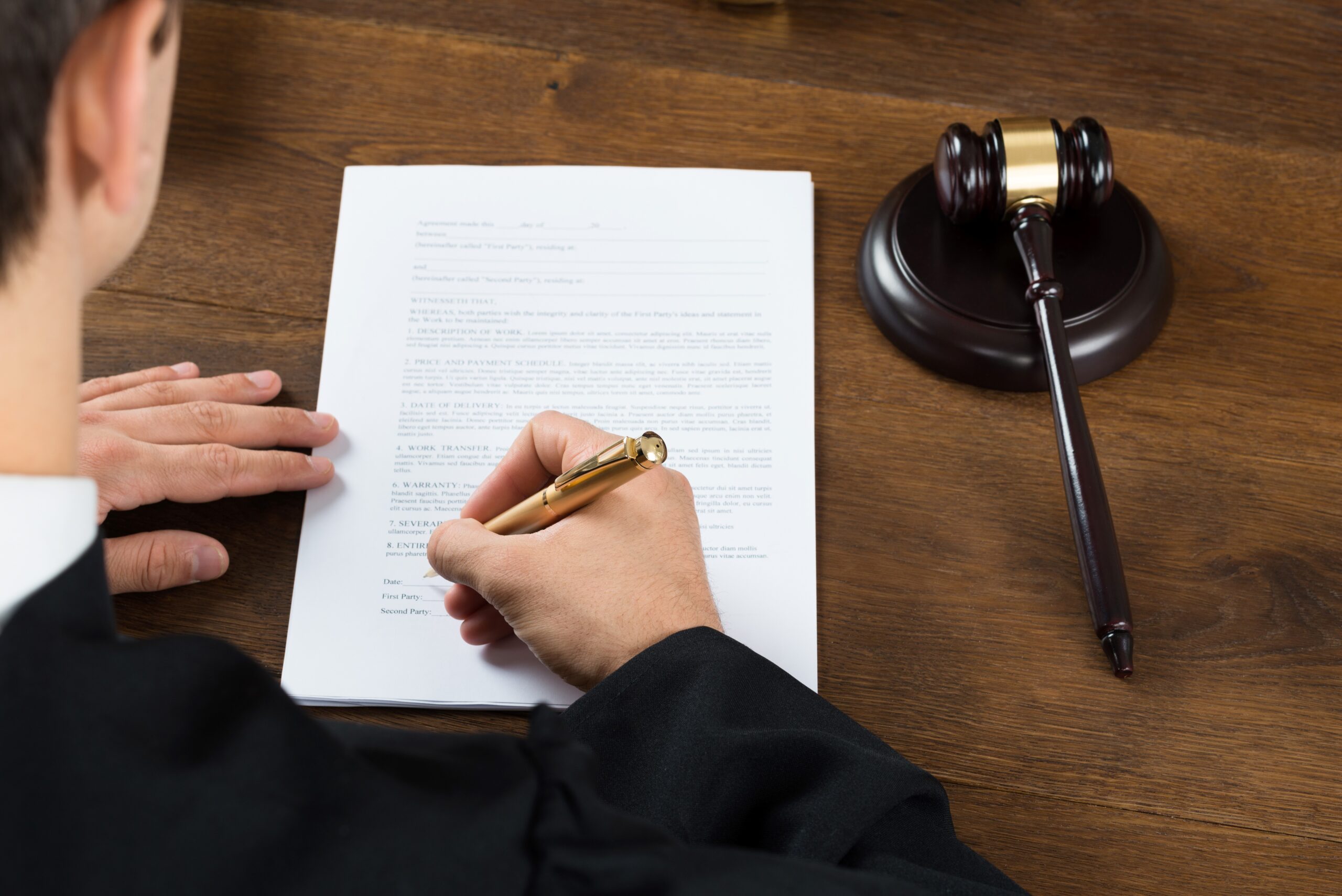Table of Contents
 A person arrested for a crime can expect one of two things. If authorities believe the person to be too much of a risk to public safety, they can keep the person detained until a court can hear their case. This circumstance is typically reserved for offences that result in jail time, such as murder.
A person arrested for a crime can expect one of two things. If authorities believe the person to be too much of a risk to public safety, they can keep the person detained until a court can hear their case. This circumstance is typically reserved for offences that result in jail time, such as murder.
The other option is to release the person under bail, spared the trouble of being thrown behind bars on the condition that they attend their court hearing. In some instances, the bail can come with additional conditions, such as curfew or home detention.
Failing to appear in person at the court hearing or violating bail conditions constitutes a breach of bail, which is more serious than you might think. This simple but comprehensive guide discusses the basics of bail in New South Wales (NSW), the repercussions of a breach of bail, and the steps for filing a bail application.
Who Can Grant Bail?
Many bail grants are performed on the police level, known as ‘police bail.’ Part 2, Sections 9 and 11 of the Bail Act 2013 authorise police officers to grant or refuse bail to an apprehended person. Police employ a two-step process to help them with this decision; more on this later.
If the police refuse to grant bail, the law guarantees the person’s right to request bail from the court. The process starts at the bail application magistrates court, where authorities must bring the person requesting bail as soon as possible. Additionally, the Children’s Court at Parramatta has the authority to grant or refuse bail if the person was apprehended on a non-working day.
If the lower court refuses the request, the person can escalate it to the Supreme Court of NSW. Unlike a magistrates court, the Supreme Court will only assign a single judge to hear the case, which is considered a new application.
If the Supreme Court refuses, the Court of Criminal Appeal is the person’s last chance to qualify for bail. Three judges from this court will hear the case and decide whether or not to grant bail. Consider the bail application unsuccessful if this court turns it down.
How Do Authorities Decide?
Part 3, Section 16 of the Bail Act 2013 provides a two-step process for authorities to use when deciding whether or not to grant a person bail. It isn’t as complicated as most people think, as this section outlines only two requirements.
- Show Cause Requirement
Under Part 3 (Division 1A), Section 16A, authorities can deny the accused’s request for bail unless the latter can prove why detaining them is unjustified. Legal experts refer to this as the ‘show cause’ requirement, and it applies to ‘show cause’ offences such as:
- Any offence that’s punishable by imprisonment (for life or limited)
- Illegal possession or use of a civilian or military-grade firearm
- Cultivation, supply, and trafficking of prohibited drugs and substances
- Any offence committed while on bail or parole
- Being an accessory or conspiring to commit an offence
- Any offence committed with an existing arrest warrant
If the person can’t show any justifiable cause, their request for bail can be denied under the Act. Otherwise, authorities move to the second step.
- Unacceptable Risk Test
In this test, authorities must determine how much risk a person is to public safety if they stay undetained until the court delivers a verdict. Part 3 (Division 2), Section 18, Subsection 1 of the Act provides the factors necessary for determining a person’s risk. You can check out the full list on this page, but some examples include the following:
- The person’s criminal history
- The severity of the offence
- Likelihood of imprisonment
- The necessity to roam free
- Associations with criminal groups
When authorities establish that the person presents an unacceptable risk, they can deny that person bail. If not, they establish bail conditions under Part 3 (Division 2), Section 20A. The bail can either be conditional or unconditional.
What Happens If A Bail Is Violated?
Failing to appear in court on the appointed date without justification is a criminal offence under Part 8, Section 79 of the Act. The penalty for a ‘fail to appear offence’ is the maximum penalty for the offence that required the bail in the first place.
For example, suppose the offence in question is possession of a trafficable quantity of marijuana. In that case, the maximum penalty for a ‘fail to appear offence’ is the same, which is two years. But this section also sets a limit of three years and 30 penalty units (for fines).
Conclusion
Bail operates on the principle that all people are innocent until proven guilty. This right enables people to settle matters until the day of their court hearing. Abusing this system isn’t the best use of bail and can be stacked on top of a person’s original offence.
In requesting bail, you should have an experienced lawyer to help with the process. Learn more about bail and the lawyer’s role in ensuring a successful request by visiting this page.

